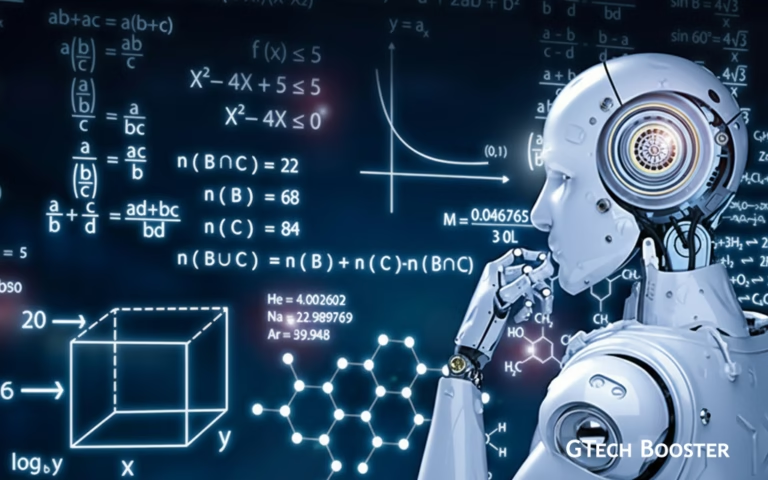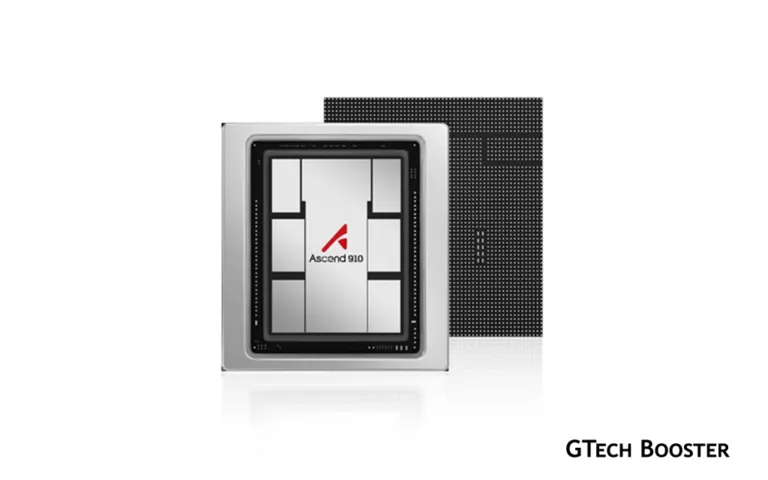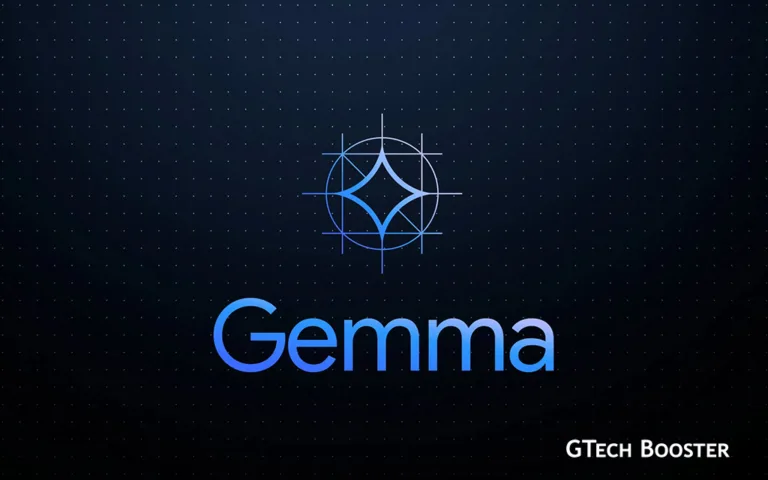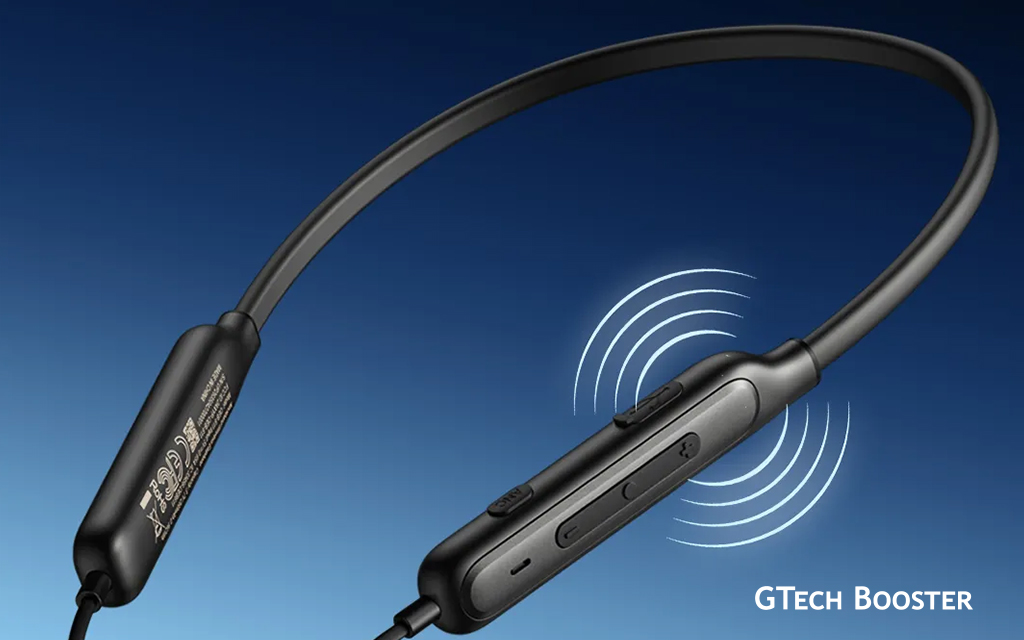How Does the Turing Test Work?
The Turing Test is a method of inquiry in artificial intelligence (AI) for determining whether or not a computer is capable of thinking like a human being. It is named after Alan Turing, the founder of the test and an English computer scientist, cryptanalyst, mathematician, and theoretical biologist.
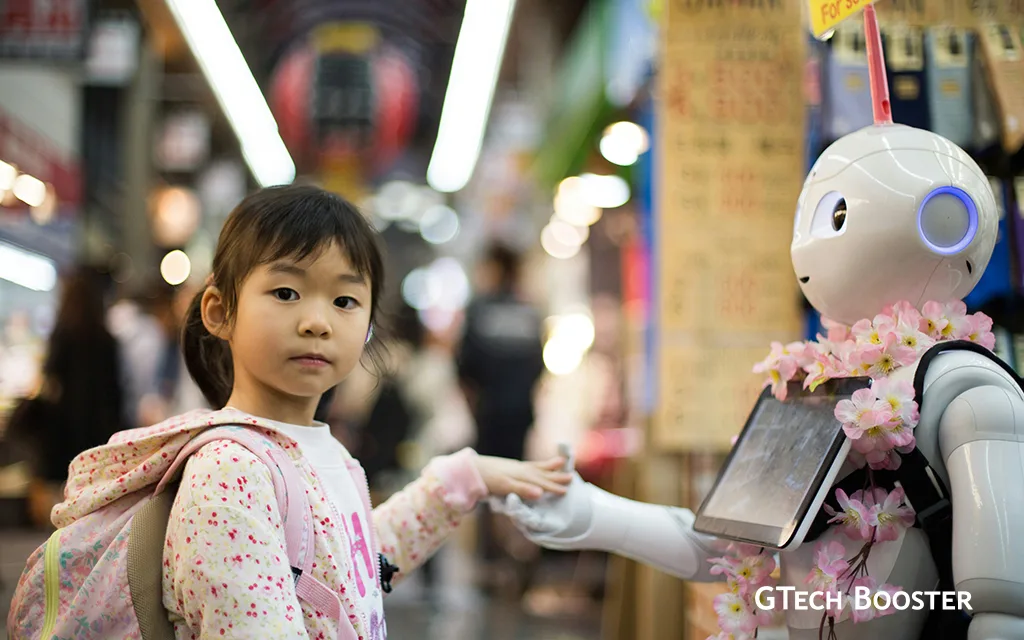
The Turing Test is a method of inquiry in artificial intelligence (AI) for determining whether or not a computer is capable of thinking like a human being. It was originally proposed by Alan Turing in 1950 and is a test of a machine’s ability to exhibit intelligent behavior equivalent to, or indistinguishable from, that of a human.
Turing proposed that a computer can be said to possess artificial intelligence if it can mimic human responses under specific conditions. The original Turing Test requires three terminals, each of which is physically separated from the other two. One terminal is operated by a computer, while the other two are operated by humans.
The test involves a human evaluator who judges natural language conversations between a human and a machine designed to generate human-like responses. If the evaluator cannot reliably distinguish the machine from the human, the machine is said to have passed the test. The test does not depend on the machine’s ability to give correct answers to questions, but rather on how closely its answers resemble those a human would give. The Turing test is a test of indistinguishability in performance capacity, and it has been both highly influential and widely criticized since its introduction.
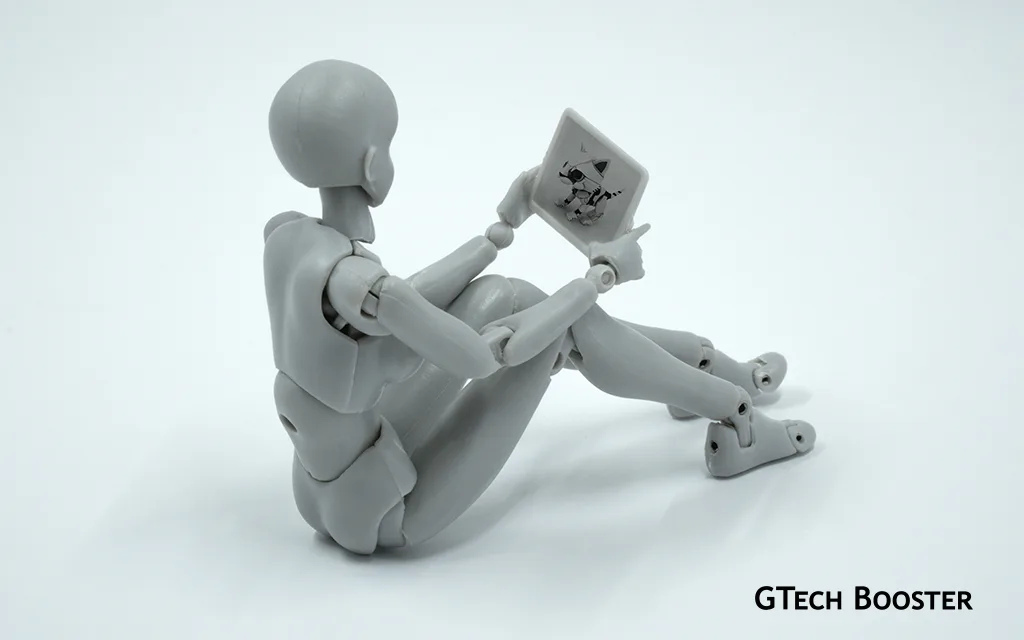
Here is how a Turing Test is conducted
The Turing Test has been used as a benchmark testing method to assess the development of artificial intelligence (AI) systems. It is performed by placing a human in one room and a machine in another, and then a judge, or panel of judges, addresses each room with questions regarding any topic to which a human should be able to respond. If the machine passes the test, it shows the machine’s ability to process human syntax and semantics, which is thought to be a step toward creating artificial general intelligence. However, there is no real way for us to tell whether or not a machine truly understands human semantics, and the test simply judges machines on their ability to converse with human-like eloquence, not human-like understanding.
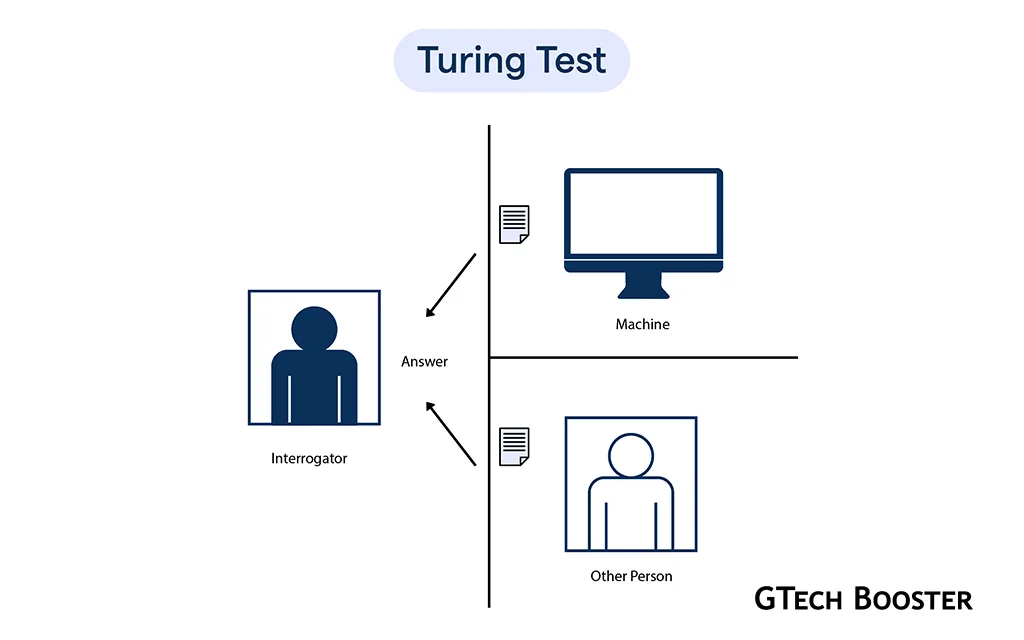
The basic idea of the Turing Test is simple: a human judge engages in a text-based conversation with both a human and a machine, and then decides which of the two they believe to be a human. If the judge is unable to distinguish between the human and the machine based on the conversation, then the machine is said to have passed the Turing Test.
The Turing Test has undergone slight changes since its inception, and there are now variations such as the Reverse Turing Test, the Marcus Test, and the Lovelace Test 2.0.
Artificial Intelligence benchmark testing methods
The Reverse Turing Test involves subjects attempting to appear as a computer rather than a human, while the Marcus Test involves subjects watching TV shows or YouTube videos and responding to questions about the content. The Lovelace Test 2.0, on the other hand, is a more recent test that focuses on the machine’s ability to create something original and creative, rather than just mimicking human-like responses,
Modern Approaches and Limitations
Since the creation of the Turing test, more modern approaches have evolved in an attempt to better detect humans and machines. These variations of the Turing test are continually evolving to maintain relevance during technological advancements. However, there are limitations to the Turing test. It requires a very controlled environment to be performed, and different computing systems are structured differently, leading to inherent, natural limits to what a computer is capable of performing.
The Turing Test is widely used as a benchmark for evaluating the progress of artificial intelligence research and has inspired numerous studies and experiments aimed at developing machines that can pass the test. However, it has been criticized for providing necessary but insufficient conditions for intelligence. Not passing the Turing Test disqualifies an AI from being intelligent, but passing the Turing Test is not sufficient to qualify an AI as intelligent.
In totality, the Turing Test is a method of inquiry in AI that tests a machine’s ability to exhibit intelligent behavior equivalent to that of a human. It has been both influential and criticized since its introduction and has evolved over time to include variations such as the Reverse Turing Test, the Marcus Test, and the Lovelace Test 2.0. While the Turing Test has been used as a benchmark testing method to assess the development of AI systems, it has limitations and does not necessarily prove that a machine truly understands human semantics. The Turing Test remains a significant concept in the field of artificial intelligence and is still used today to assess AI, despite being developed more than 70 years ago.
